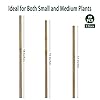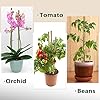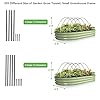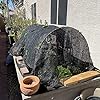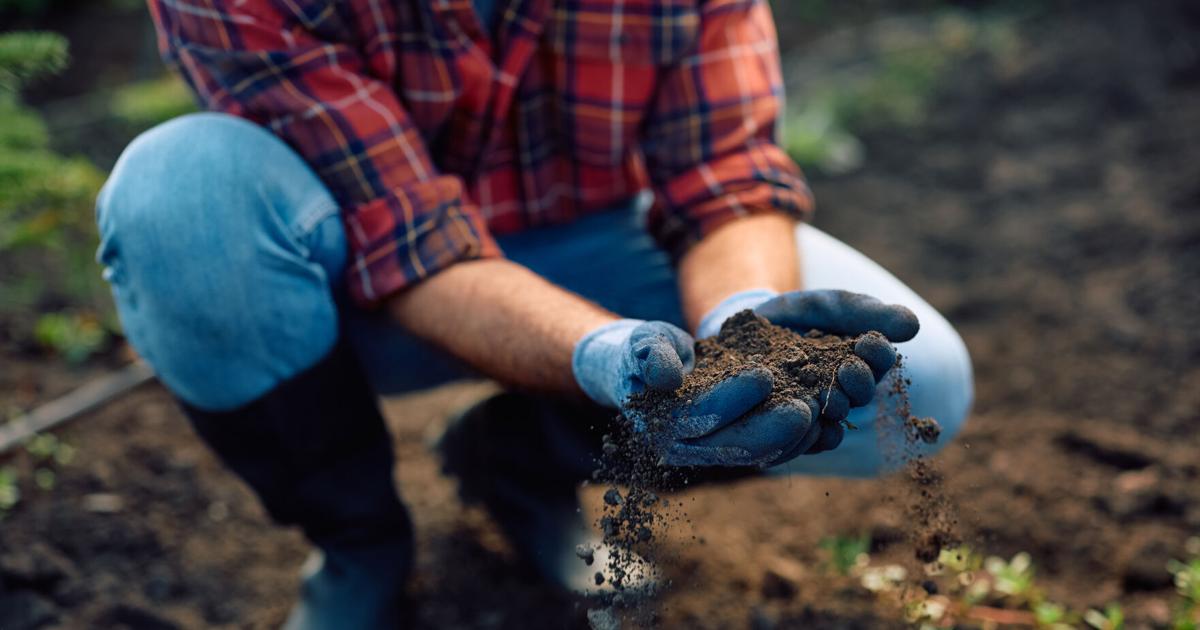
Fall is a great time to improve your soil for next year’s garden. Many of the resources needed are readily available and many are free at this time of the year.
Start by putting fall leaves to work in the garden. Use your mower with the bag attached to shred and collect fall leaves. Work them into the top 8 to 12 inches of soil. They break down over winter, adding organic matter and nutrients to the soil before you begin planting in the spring.
Fall leaves are also a great resource for those of you minimizing soil disruption with no till, also known as no dig, soil care. Spread several inches of the leaves over the soil surface. The leaf mulch protects the soil in new and vacant gardens from erosion and compaction over the winter. They keep the soil a bit cooler in the spring so you may need to adjust your planting times.
Hugelkultur gardening, or mound gardens, takes the lasagna gardening method one step further with a bottom layer of logs, branches and fall leaves that decompose, adding organic matter and nutrients to the soil, location and date not specified.
Cover bare soil in perennial gardens and mixed borders with fall leaves. They are a great mulch, suppressing weeds, conserving moisture and improving the soil as they decompose. A layer of leaves insulates the soil, helping insects and other wildlife that overwinter underground. Plus, they are free.
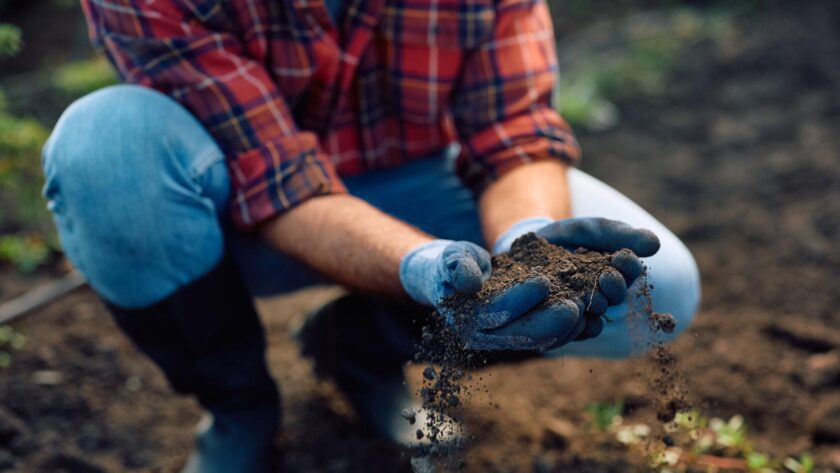


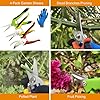







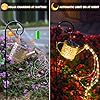
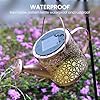


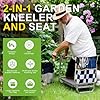



![[High Quality] - The Bamboo stakes are made of high quality natural bamboo.It’s very strong and durable,great for plant support!Each stakes is inspected manually to ensure quality. [Multipurpose Use] - Perfect for indoor and outdoor plants.It's great...](https://m.media-amazon.com/images/I/51zEDOHJvML._SL160_.jpg)

